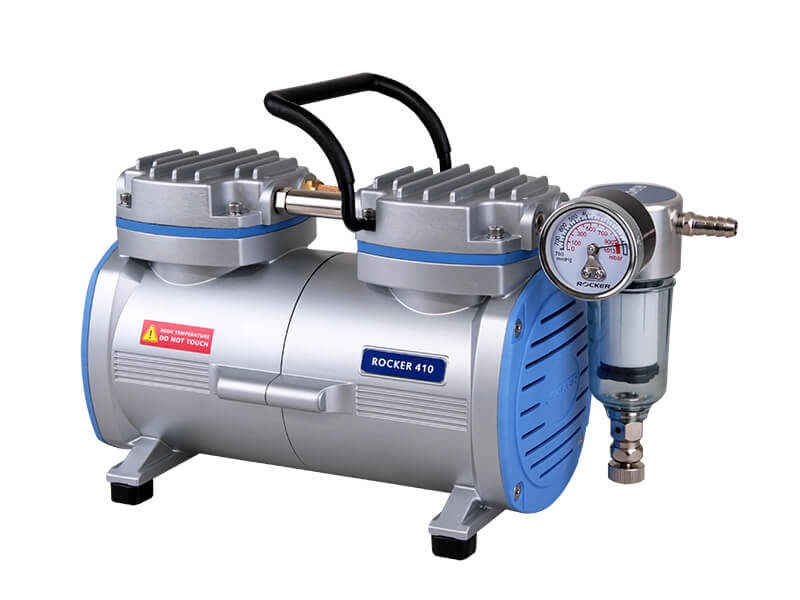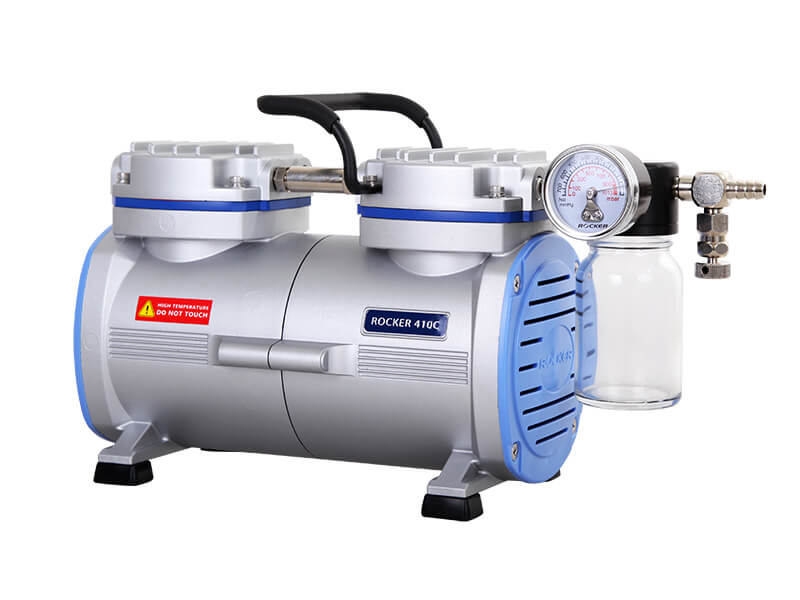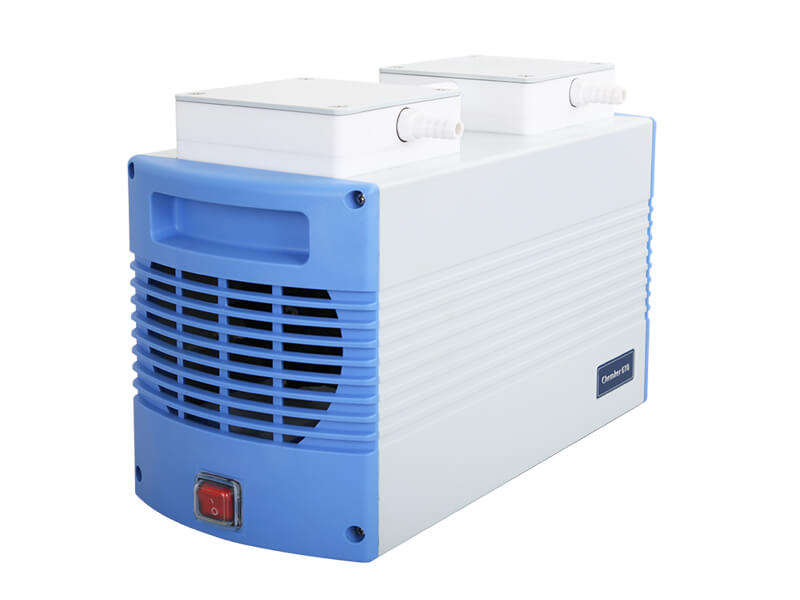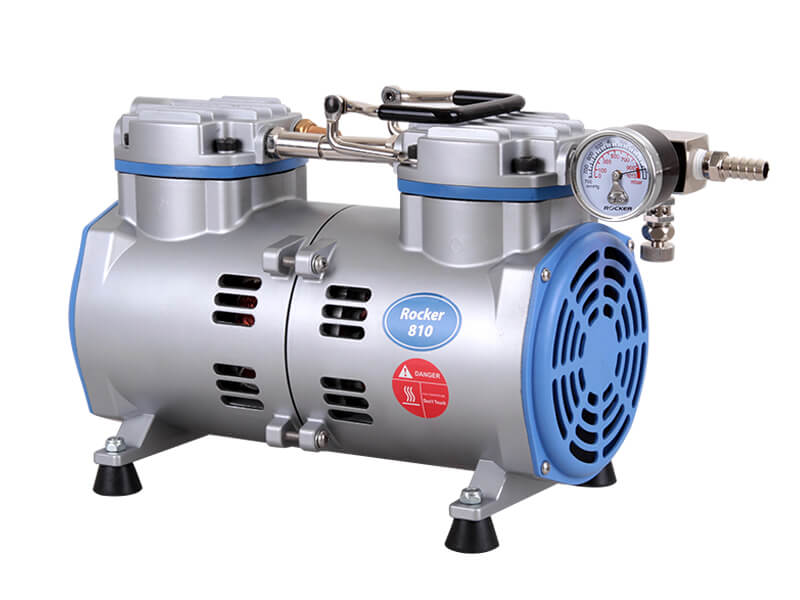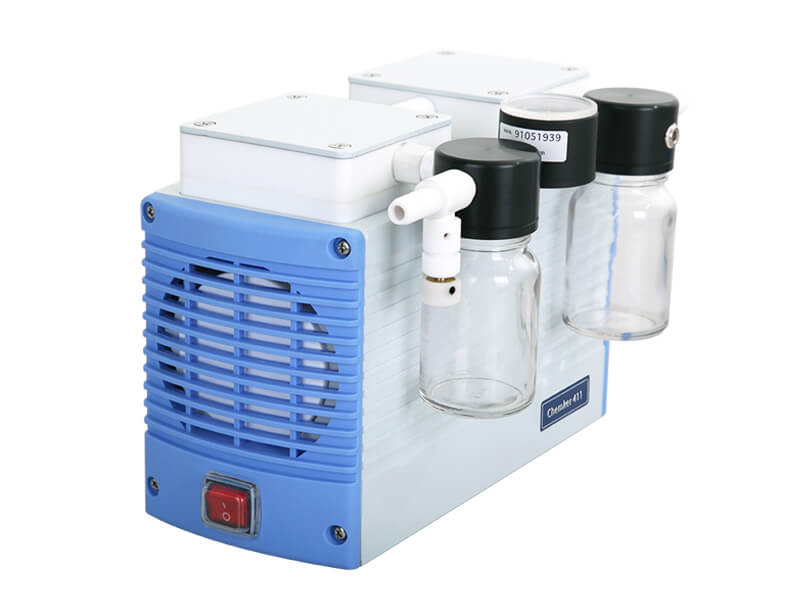Vacuum drying is a critical technique employed in various industries, research laboratories, and manufacturing processes to remove moisture or solvents from materials under reduced pressure. This topic holds great importance due to its wide-ranging applications in fields such as pharmaceuticals, food processing, and materials science. Vacuum drying offers several advantages, including faster drying times, preservation of product quality, and prevention of thermal degradation.
By discussing vacuum drying, we gain insight into its principles, methodologies, and advancements, which contribute to improved product stability, extended shelf life, and enhanced manufacturing efficiency. herefore, exploring the topic of vacuum drying is essential for scientists, engineers, and manufacturers seeking efficient and effective methods for moisture removal and preservation of material properties.
What is vacuum drying?
Vacuum drying applications
Vacuum drying equipment
Vacuum desiccator and its applications
Appendix: Other Drying Methods
What is vacuum drying?
Vacuum drying is a method that removes moisture from a solid sample or air. The principle is to use a vacuum to lower the boiling point of moisture or solvent. Simultaneously, molecules diffuse to the surface and evaporate due to the low pressure. To accelerate the efficiency of vacuum drying, heaters are often involved. A vacuum drying chamber with temperature controls is usually known as a vacuum oven. For example, the Fisher Isotemp Vacuum Oven is commonly used.
Vacuum drying applications
Samples that undergo vacuum drying are less likely to become contaminated, oxidized, or react with water. This method is frequently employed before storing heat- or moisture-sensitive, hygroscopic substances, such as food and chemicals. Vacuum desiccators are commonly used in laboratories to eliminate trace moisture from experimental samples. In regulations such as “Determination of Moisture in Food (CNS 5033)” and “Determination of Total Dissolved Solids and Suspended Solids in Water – 103-105℃ (NIEA W 210.58A),” samples should be dried repeatedly in vacuum desiccators to remove trace moisture. They are then weighed to determine the moisture content in the sample.
Vacuum drying equipment
Most common laboratory scale vacuum drying equipment and systems include a desiccator and vacuum pump as shown below.
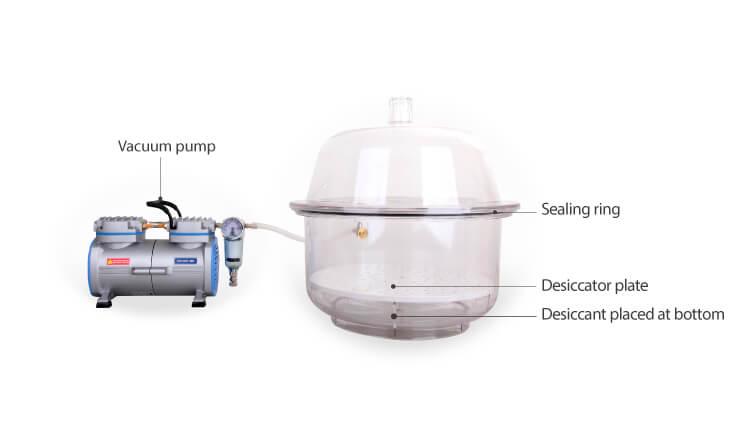
A desiccator generally includes an outer case, relief valve, vacuum connector and a vacuum gauge.
-
Outer case: It is usually made of acrylic or glass. It is recommended to apply grease or Vaseline on the glass surface to improve the seal performance.
-
Desiccator plate: It is used to hold samples and create a chamber at the bottom. This chamber is designed to accommodate desiccants such as silica gel, calcium chloride, activated charcoal, clay, or molecular sieve to accelerate the drying process.
-
Relief valve: It is used to release vacuum pressure.
-
Vacuum connector: It is used to connect with a vacuum source or a vacuum pump.
-
Vacuum gauge: It is used to monitor the vacuum level inside the chamber.
Selecting proper desiccators
For natural substances, acrylic-made desiccators are a suitable choice. However, when working with chemicals or solvents, it is recommended to use desiccators made of glass. Acrylic-made desiccators are generally less pressure-resistant, so it is important to follow the instructions provided and use vacuum accordingly.
Selecting proper pump for vacuum drying
Pumps used for vacuum drying should be selected based on the chemical characteristics of the samples and the size of the vacuum chamber (desiccator). When working with larger desiccators, it is recommended to use a pump with a higher flow rate. Ideally, the flow rate should be approximately two times higher than the capacity of the chamber. For degassing samples with higher boiling points or stickier substances, pumps with higher vacuum capabilities should be chosen.
|
Samples |
Capacity |
Flow rate (L/min) |
Vacuum (mbar) |
Pump recommended |
|
Natural substances |
< 15 L I.D. < 200 mm |
23 |
30 |
|
|
> 15 L I.D. > 200 mm |
60 |
30 |
||
|
Chemicals |
< 20 L I.D. < 350 mm |
20 |
10 |
|
|
34 |
7 |
|||
|
23 |
25 |
|||
|
37 |
15 |
Rocker 910C |
Literature references
| Literature | Author | Method applied |
| Solvent polarity mediates phytochemical yield and antioxidant capacity of Isatis tinctoria | Abdul Wakeel et al. | Vacuum drying |
Vacuum desiccator and its applications
Vacuum degassing
Vacuum degassing is a technique used to remove dissolved gases from liquids by reducing the pressure inside a container containing the solution. It is extensively employed in laboratories to eliminate foam from solvents and is also widely utilized by cosmetic manufacturers for degassing gels and creams.
Container closure integrity testing, CCIT
This method is employed for package closure inspection by placing a packed sample inside a vessel and creating a vacuum. A tightly sealed sample should remain intact without any leakage due to the reduced pressure. This technique is commonly utilized in the food and beverage, cosmetics, and medicine manufacturing industries as a non-destructive method for inspecting packaging.
Appendix: Other Drying Methods
Below introduces some other common drying methods in laboratories.
|
|
Standard Desiccant |
Automatic Desiccant Regeneration |
Vacuum Desiccant |
Gas Purge |
|
Principle |
Use desiccants to absorb moisture from air. |
Generates continuous processed dry air with fan and heater to maintain low humidity. |
Remove air and moisture in a vacuum chamber with pump. |
Add dry nitrogen to replace air and moisture |
|
Advantage |
Large variety selection of desiccants, more economical. |
Needs little or no monitoring. |
Very low humidity and contact with air. |
Achieve low relative humidity faster. |
|
Desiccant |
Suitable for large variety of desiccants |
Silicone |
Silicone, active charcoal |
Silicone, active charcoal |
|
Desiccant consumables |
Yes |
No |
Yes |
Yes |
References:
-
- Container and Closure System Integrity Testing in Lieu of Sterility Testing as a Component of the Stability Protocol for Sterile Products, FDA
- Container Closure Integrity Testing (CCIT), BonfiglioliTM Engineering
- Desiccator, Wikipedia
- Desiccator, fisher scientific
- The Vacuum Decay Method (VDM) and validation, BonfiglioliTM Engineering

